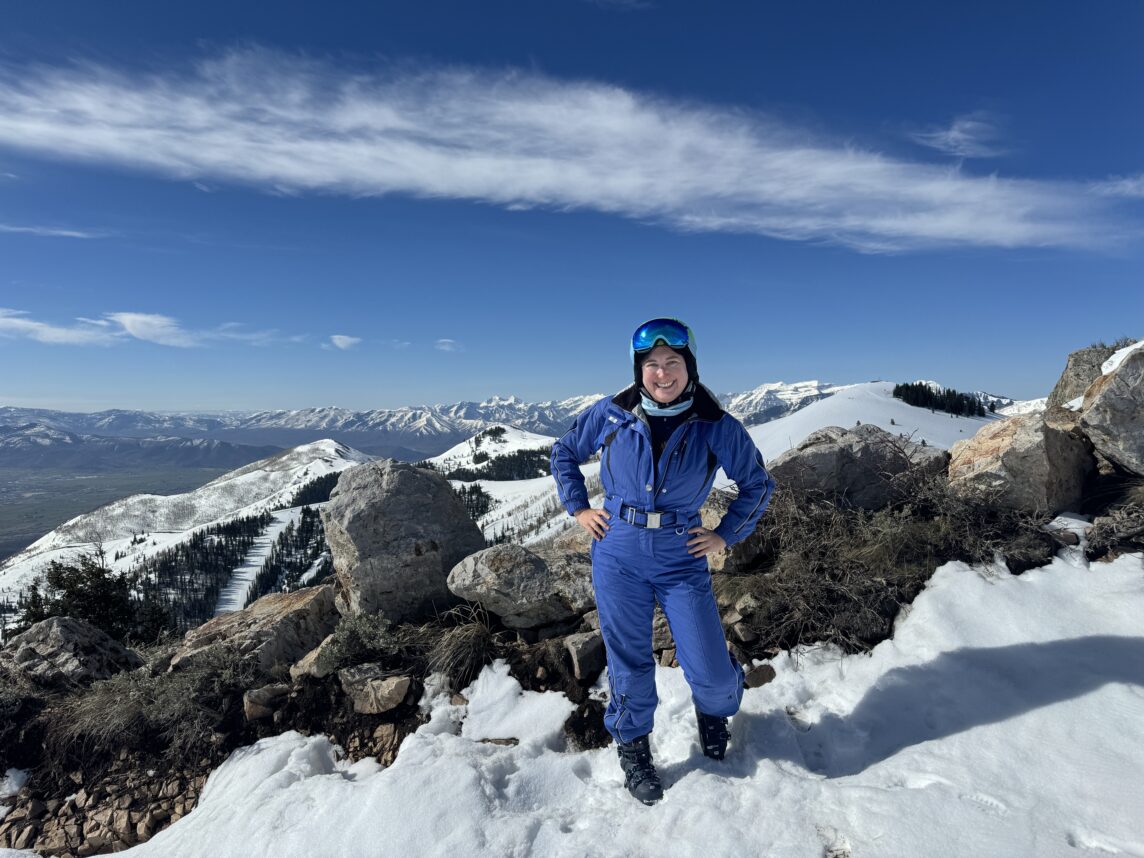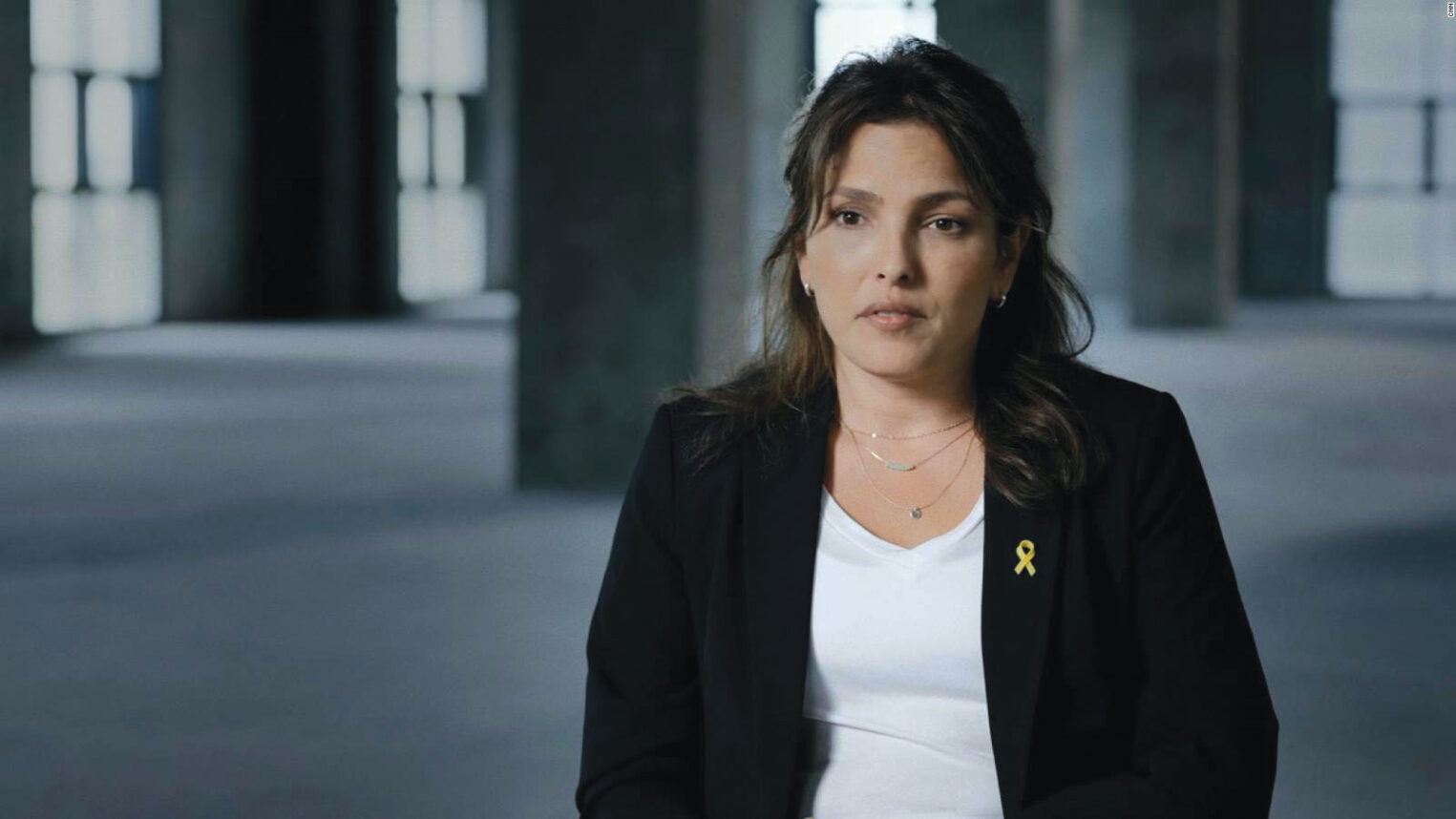If somewhere in Los Angeles a snarky editorial cartoonist is trying to combine an images of an iPad and a tombstone into a commentary on the resignation of LAUSD superintendent John Deasy, that person should put away the pencil and start on a different project.
The post mortems of Mr. Deasy’s time at LAUSD have pointed to the difficulties associated with his plan to provide an iPad to each student as one of the shortcomings of his tenure. The cancellation of the iPad contracts should not deter Mr. Deasy’s successors from striving to bridge the digital divide and equip all LAUSD students as active learners in a knowledge-based economy. However, the order of operations (that’s an algebra concept for those who have forgotten what was taught in 8th or 9th grade) might profitably start elsewhere than with the selection of the device and software that will be put into the hands of students and their teachers.
Anyone who can predict the digital device that will be most used three or five years from now should be applying for Tim Cook’s job at Apple, rather than as Mr. Deasy’s successor. But without ubiquitous wifi access across the LAUSD’s domain, the device won’t matter. Schools need to establish robust wifi networks at their campuses so that teachers can reliably depend on their students getting a digital signal during lessons.
No lesson will achieve its objectives if the technological requirements for that lesson break down. That’s true whether the teacher is disappointed by the absence of a digital signal, a burned-out bulb in an overhead projector, a roll-down map that won’t roll up when it is no longer needed, or crumbly pieces of chalk that won’t write on a blackboard. So the first pillar of a bridge across the digital divide is building campus digital networks. That work requires lots of skilled design and installation; each building has unique possibilities and challenges as a wifi site. Further, building robust digital networks requires organizational continuity and commitment, because there will be a lot of expense at the front end before any benefit appears.
Once a robust network is in place, teachers will find ways to use it. Highly skilled self-sufficient educators will take off and run with a robust network. Those teachers who need support should have it available from educational technologists who are located at their campuses and who have the confidence of the principal at the site. As more millennials, who have grown up in a digital age, become teachers the need for such support may diminish, but for now, the role of the educational technologist is as vital as skillful people equipped to do the work are rare and precious.
What good is a network delivering lessons if the students do not have devices on which to receive them? Not much, particularly in a district where the vast majority of students are poor. But instead of becoming the provider of digital devices, a school can become the payer for digital devices by providing vouchers for families to use in obtaining the digital device of their choice. The demand created by voucher-wielding families can affect the market more nimbly than can a multi-year, multi-billion-dollar contract, the management of which has already been shown to exceed LAUSD’s managerial bandwidth.
Student use of LAUSD iPads for non-instructional purposes caused a distracting fuss during the initial roll-out of the devices. If families own or lease the devices with the support of District funds, the non-instructional uses of the device no longer become part of the District’s concerns. So long as every student is assigned a district email account and teachers only use those accounts for lessons and other school business, the non-school use of the device is not the school’s concern. As if there’s any scheme this side of Beijing that could control an adolescent’s use of the Internet.
If the embrace of digital devices does not make full use of their capacity to enable students to collaborate, corroborate, and communicate in their work, what’s the point of using them? Independent educational technology consultant Sam Gliksman made that point in these pages (digital version) this summer. If old lessons are poured into new digital containers, the students will have bridged the digital divide only to the extent of touching these shiny new things. The work won’t have changed.
The initial point of attack on the digital divide need not be the same for each grade level. Equipping all 600,000 students, a number that about the same size as the invasion force that landed at Normandy in 1944 is an organizational task of unimaginable complexity. One size won’t fit all. Younger students can work with shared devices kept at the school site. Secondary students can be trained to use their personal devices for school tasks. But even grade level specialization need not be district-wide.
The Normandy invasion comparison provides some guidance in thinking about implementing digital devices. The invasion as a whole was a massive enterprise, like LAUSD, but the heroes who were the leading edge, as we learned from Stephen Ambrose (for the readers among us) and Tom Hanks and Steven Spielberg (for the HBO subscribers) operated as a “Band of Brothers.” (Shakespeare deserves a shout out for that concept as well.) A school faculty that operates like a band of brothers and sisters can be nimble and ambitious in bringing digital tools to their students. Some small faculties, as found at both secular and Jewish independent schools, have crossed the digital divide. Like the WWII bands of brothers, they’ve not done this in absolute unison or without some (professional, not physical) casualties. Whether the entire LAUSD can reach the same objective with its immense group of teachers and learners is a more challenging prospect.
Neil Kramer, PhD is Dean of Faculty Emeritus at New Community Jewish High School in West Hills, California






















 More news and opinions than at a Shabbat dinner, right in your inbox.
More news and opinions than at a Shabbat dinner, right in your inbox.